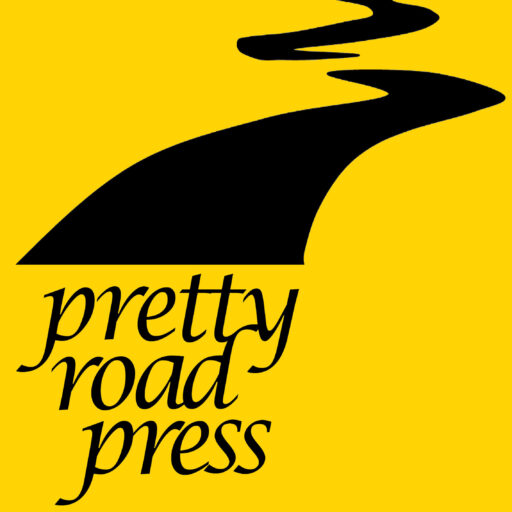Congratulations on all the hard work you’ve put into your book manuscript! But now, your next task – book marketing – gets even harder. These 11 tips will help a self-publisher sell more books.
1. There’s no substitute for a quality product. Best sells best.
Involve yourself in a community of writers and publishers. Develop an advisory group or join a critique group. Stay away from friends and family. Hire experts for editing, proofreading, and design. Test your product with key constituents.
2. The title of your book is your No.1 marketing tool.
Giving your book a title is the hardest job you’ll have. Seldom do we read our way to a book selection. We browse, glance, scan, and skim. Your title must deliver an instant message that conveys the book’s subject, genre, and benefit to readers. If you are writing non-fiction, your title must contain common keywords that people search for on the internet.
3. Your book cover is an extension of the title.
Whatever design you choose, it must be clear and readable when reduced to a one-inch thumbnail in black and white. It is usually best to hire a professional designer. Do not just settle on artwork. Actively search or commission work that conveys the same message as the title. Simple is best. Book covers sell books. Study your competition. And – this is so important – the entire package must evoke emotion.
4. Maximize the opportunities afforded by your book description.
Your book description must lead where the title left off, amplifying your book’s contents. It must promise personal benefits to the reader. The features of your book differ from the benefits. Know the difference. Write so a customer can visualize the personal benefits or entertainment value. Amazon allows 4,000 characters for a description. That’s about 650 words. Use all the space and load the content with a density of about 19 to 30 keywords and long-tail phrases. Use Google’s keyword tools to find these keywords.
5. Strategically choose your book categories.
Amazon lets you choose only two, but your book will eventually fall into other Amazon categories based on customer behaviors and your book descriptions. Study your competition’s categories. Look at the sales rankings. Avoid categories where even the top-ranking books sell poorly. Compare book categories to keyword popularity. Being in the top ranking among popular categories will deliver more book sales. Catalog categories can be keywords in your description.
6. Get legitimate book reviews.
Don’t pay for book reviews. Nurture reviews from your advisory group and professional associations. Reviews from people who have bought the book from Amazon get special designations, thus they have more credibility. Use Amazon’s review function to write about your competitors’ books with nice comments and use your true identity, inserting a link back to your own book if it’s helpful to readers and not self-serving.
7. Build your social media platform.
Social media strategies are about building relationships, trust, conversation, and idea-sharing – not direct selling. Give your constituents information and feed their emotional needs. Use your blog, blog comments, Facebook, Twitter, Instagram, Pinterest, Goodreads, and other social media sites to deliver good content accompanied by an option to go to your book’s landing page. Capture e-mail addresses with permission, and blast messages that give an immediate personal benefit. Imperatives to buy your book are a turn-off.
8. Each of your books should have its own landing page or multiple versions of a landing page.
The best landing pages spell out benefits to the reader. They entertain. Often they are interactive with conversation, quizzes, and video. They also have one dominant piece of artwork, a headline, compelling body copy that arouses reader curiosity, testimonials, and an action or buy button.
9. Price to achieve big sales.
Don’t be afraid to price a book at 99 cents, $2.99, or $3.99. If you have a good product and have followed the tips above, you will see your low-priced book rise in marketplace rankings. When you rank high, you sell more. When demand rises, you can tinker with the price later. However, you will remain in obscurity if you start out pricing your e-book over $10.
10. Consider traditional marketing methods as a last resort because they are expensive.
Print advertising is expensive and has a low return on investment. Direct mail returns are considered “good” if they deliver a 1 to 2 percent response rate. Bookmarks are cute and traditional, but they seldom have a call to action. Roadshows and book tours are the most expensive. If you can move 25 books at a venue, you’ll be beating the results of many debut authors published by the Big Five Publishers.
11. Good marketing is about repetition; it is a numbers game.
Communicate, test your results, tweak, and repeat. Go with the message that delivers the best return. A 5 percent return is exceptional. Develop your relationships, platform, and contacts so you have a large potential base of customers. Keep talking to them. A five percent return on your first campaign does not mean the other 95 percent are not interested. They need another message.


